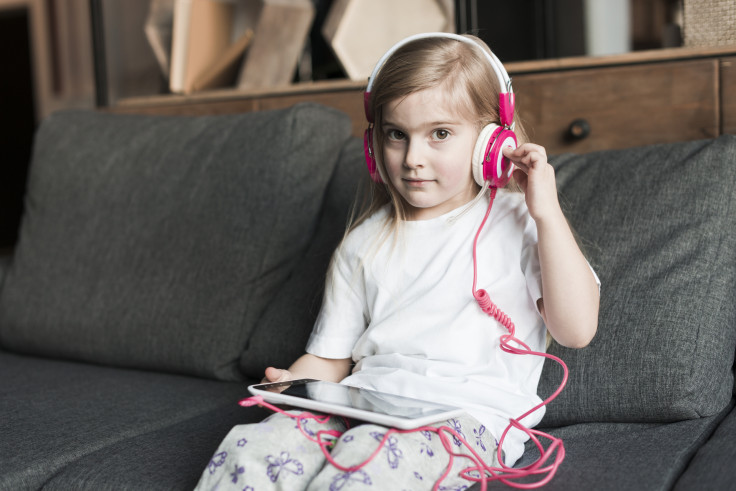Survey Reveals Increasing Headphone Usage Among Children; Experts Caution Parents On Health Risks

People may often be cautious about the impact of loud noises on a child's health, however, the use of headphones and earbuds introduces a challenge for parents to monitor the noise levels their children are exposed to.
Researchers from a recent national poll advise parents to be aware of potential health risks linked to extended use of audio devices, as their findings indicate a notable increase in usage among children.
According to the University of Michigan Health C.S. Mott Children's Hospital National Poll on Children's Health, 2 in 3 parents say their child uses headphones or earbuds. Among those children using headphones or earbuds, 16% use their audio devices for at least 2 hours a day, while 24% listen to them for one to two hours.
A higher percentage of parents with children between the age of 9-12 years (79%) report their child using headphones or earbuds compared to parents with children aged 5-8 years (53%).
"Over recent years we've mostly been concerned about teens overusing audio devices. But earbuds have become increasingly popular and prevalent among younger kids, exposing them to more intense noise on a regular basis," said Dr. Susan Woolford, co-director of the Mott poll.
"Noise exposure risks to young children have historically involved loud singular events like concerts or fireworks, but parents may underestimate the potential harm from excessive use of listening devices. It may be difficult to know whether their child's exposure to noise is healthy," Woolford cautioned.
The results of the poll show that only half of parents tried to limit their child's usage of audio devices, using strategies such as asking the child to take a break or keeping set hours or timers while using them.
Researchers warn about the potential negative health hazards associated with noise exposure, including the risk of sleep disruption, heightened stress levels, and potential hearing loss.
"Noise exposure among children can affect their sleep, academic learning, language development, stress levels, and even blood pressure. At extreme levels, noise exposure can lead to irreversible hearing loss along with other negative health consequences. Since children's ear canals are much smaller than adults, perceived sound levels are intensified, increasing their vulnerability to noise damage. Thus, the proliferation of personal listening devices, many marketed to young children, puts them at increased risk of this preventable problem," the National Poll on Children's Health report said.
The hearing is affected both by the volume and the duration of noise exposure. While loud noises above 120 decibels can cause immediate harm, noise above 70 decibels can also cause harm through prolonged exposure.
Parents can employ a simple trick to estimate the decibel level of their child's audio device by speaking in a normal voice from a short distance away. If the child cannot hear, it indicates that the volume is too loud.
The researchers recommend parents be mindful while buying audio devices for their children. They should check device packages for information on volume limitations and avoid products with a strong emphasis on high sound levels. Although many products may be labeled as 'Kid Safe' they may not restrict the volume to 75 decibels.
While noise-canceling devices can discourage children from raising the volume, it is not recommended during activities that require awareness of their surroundings, such as walking or bike riding.



























